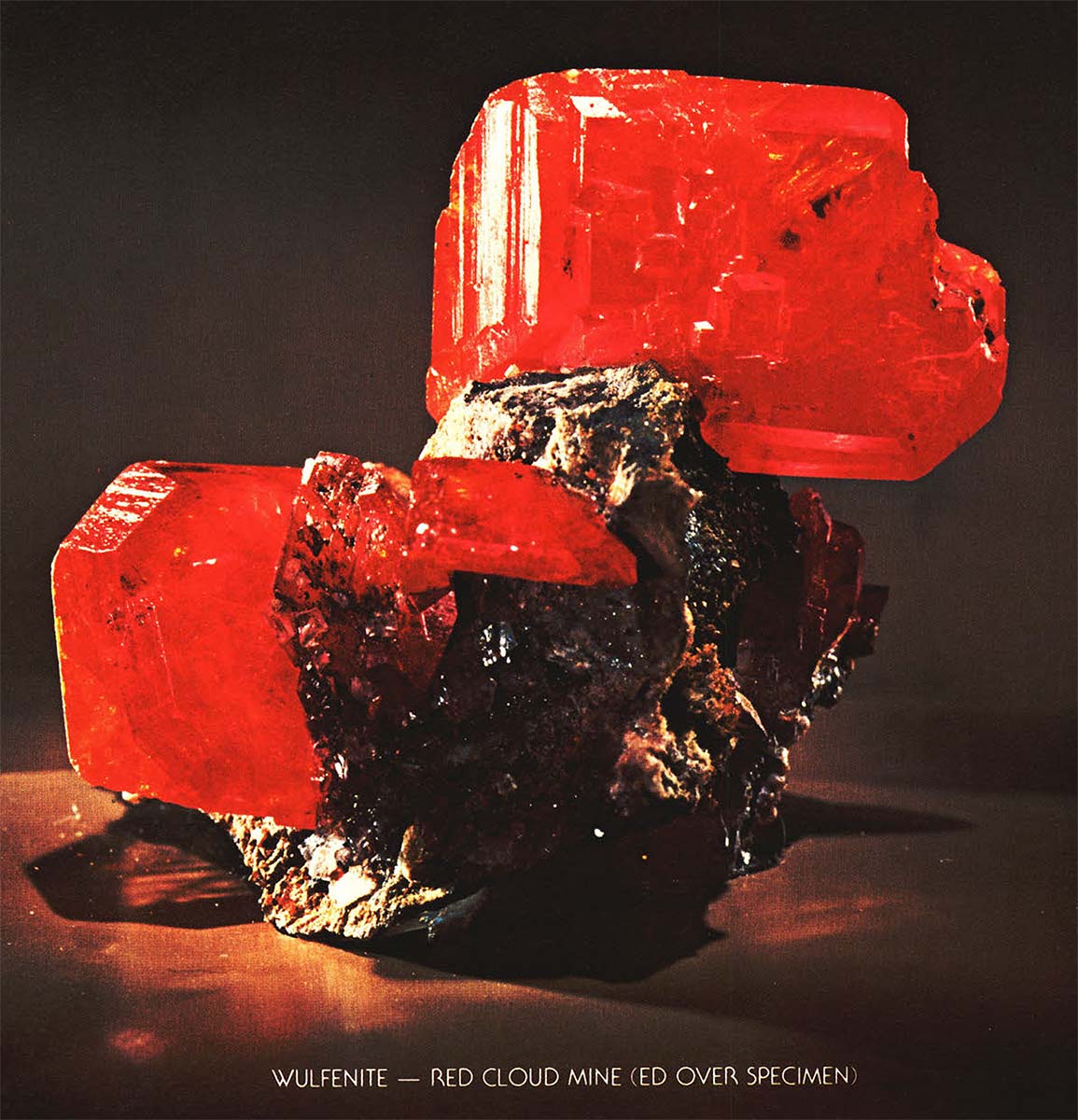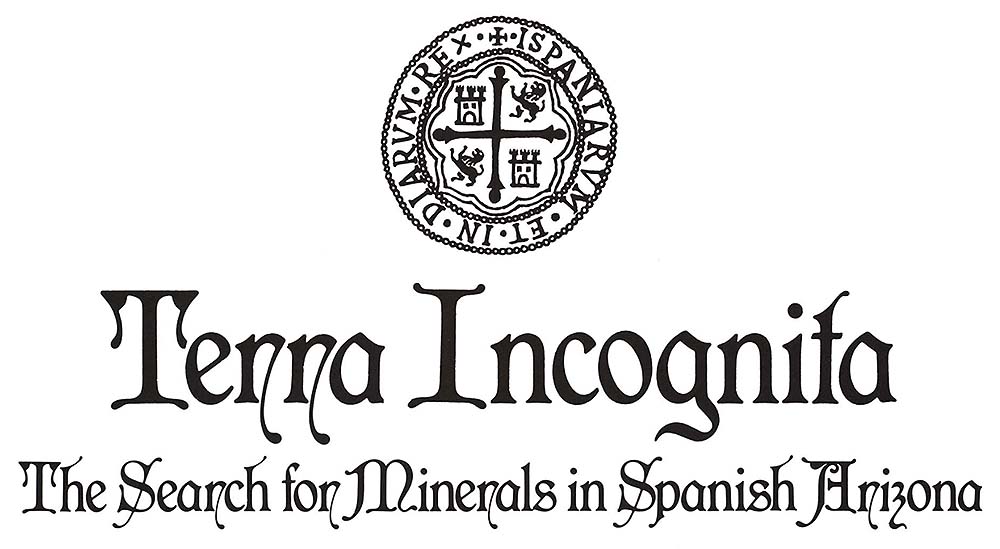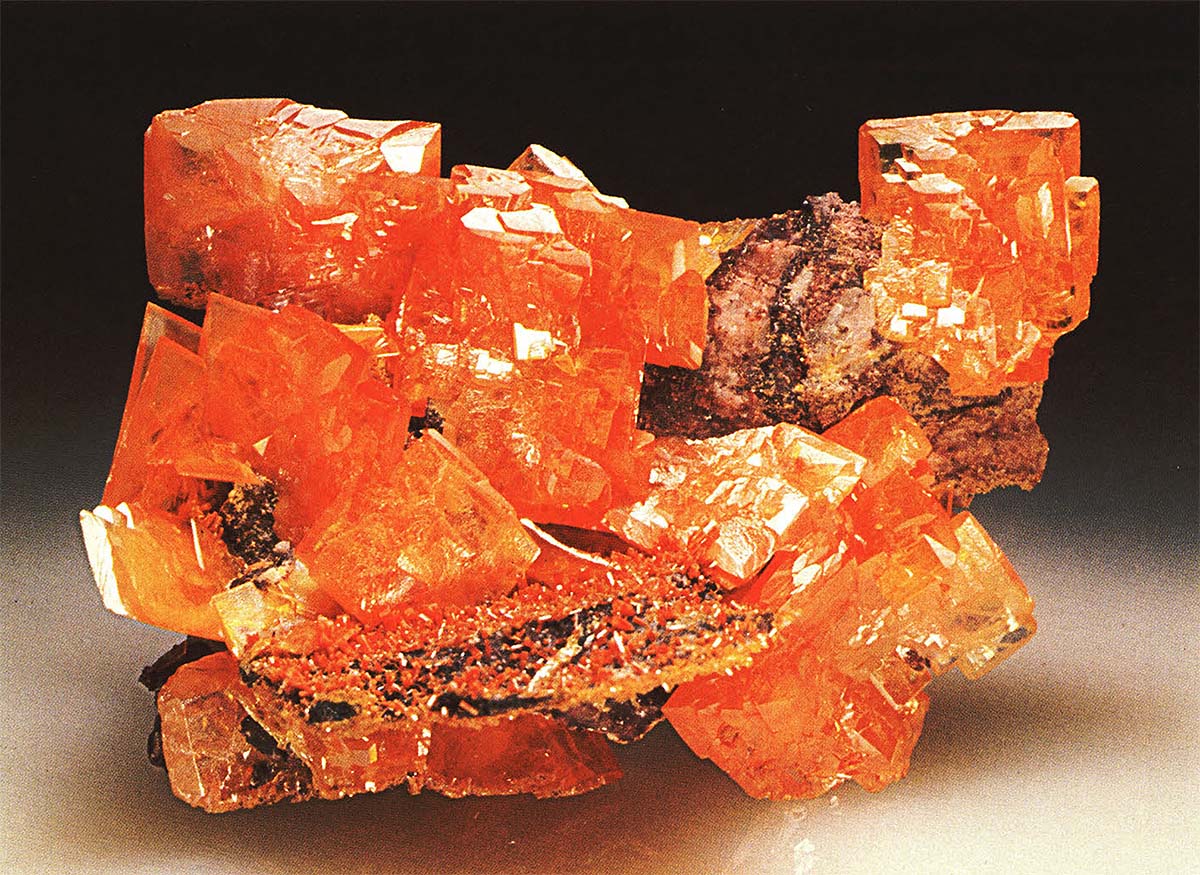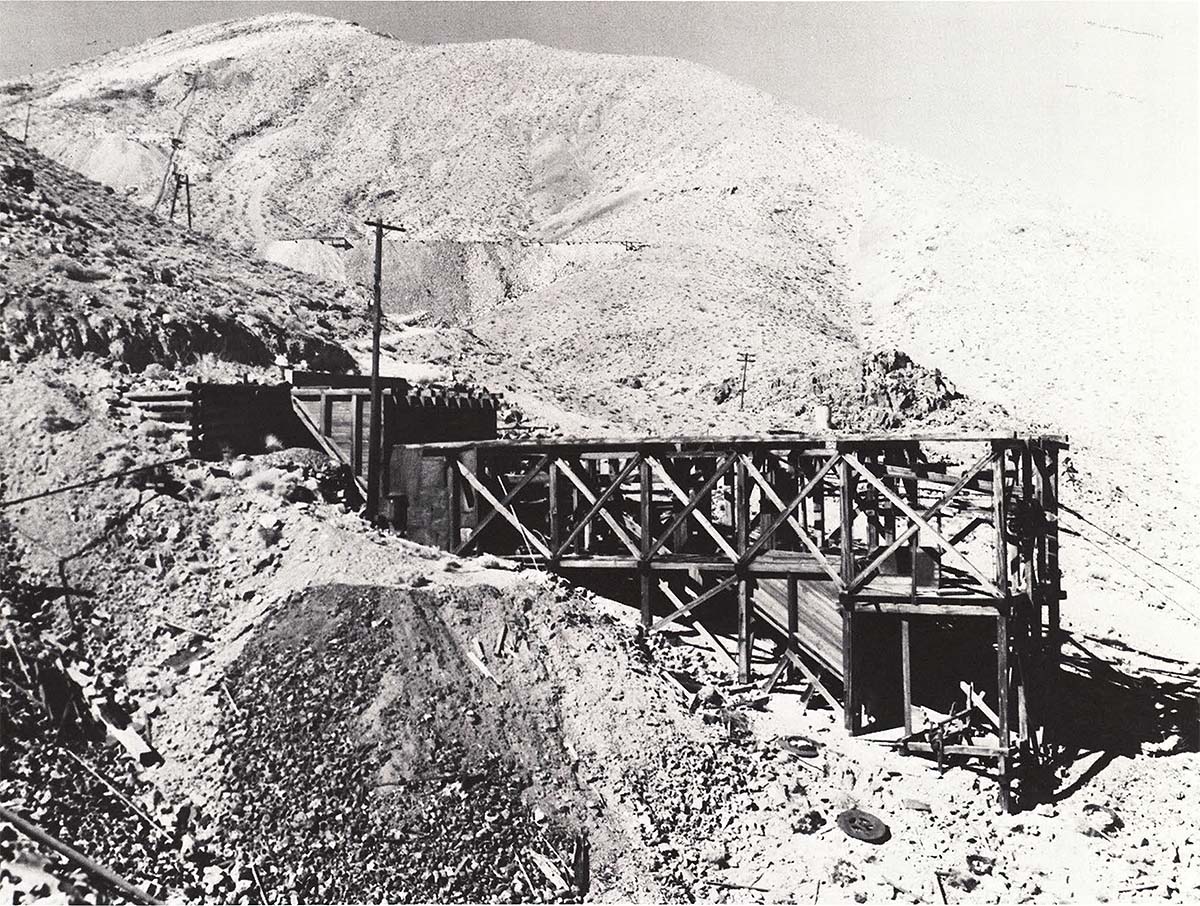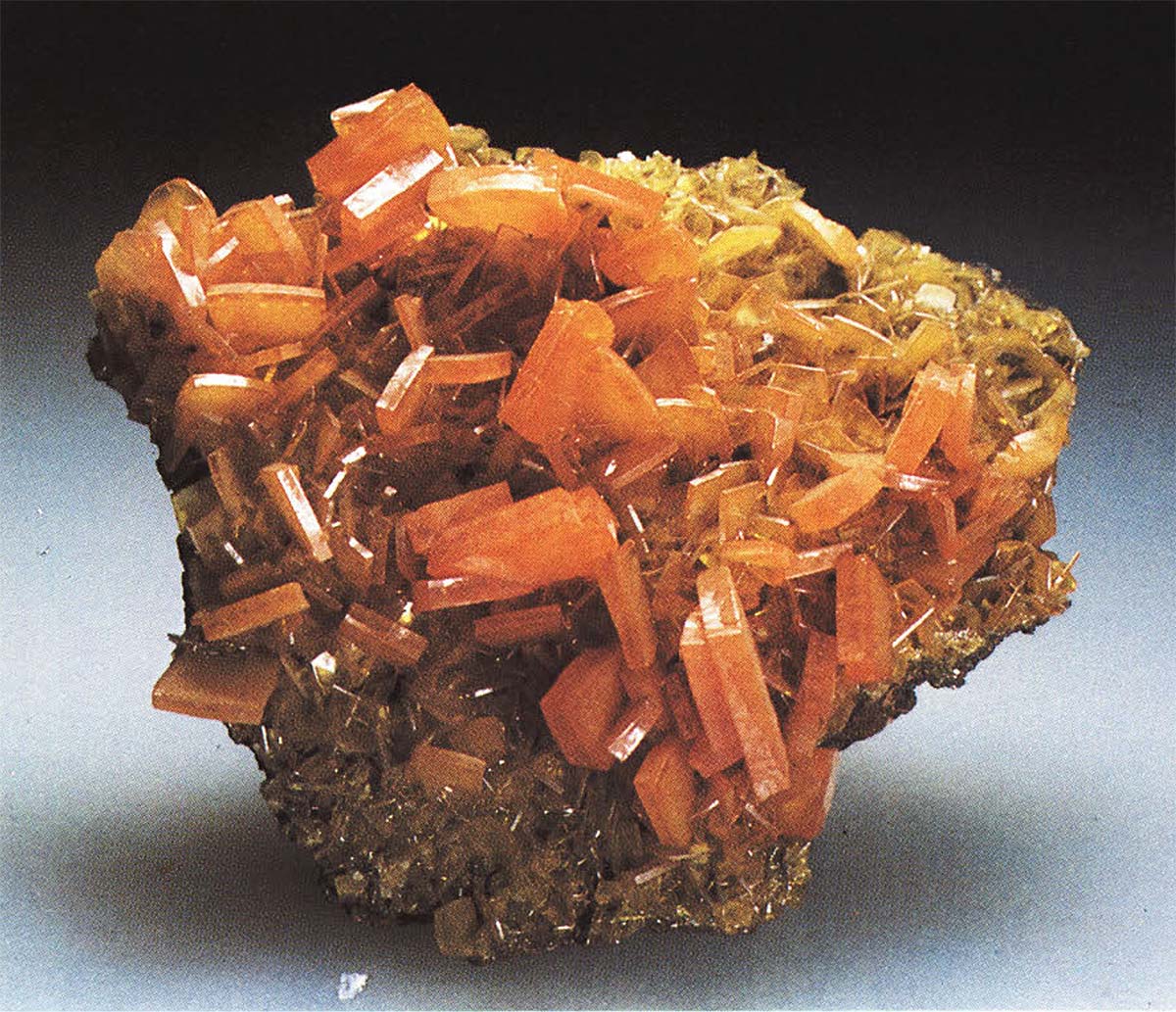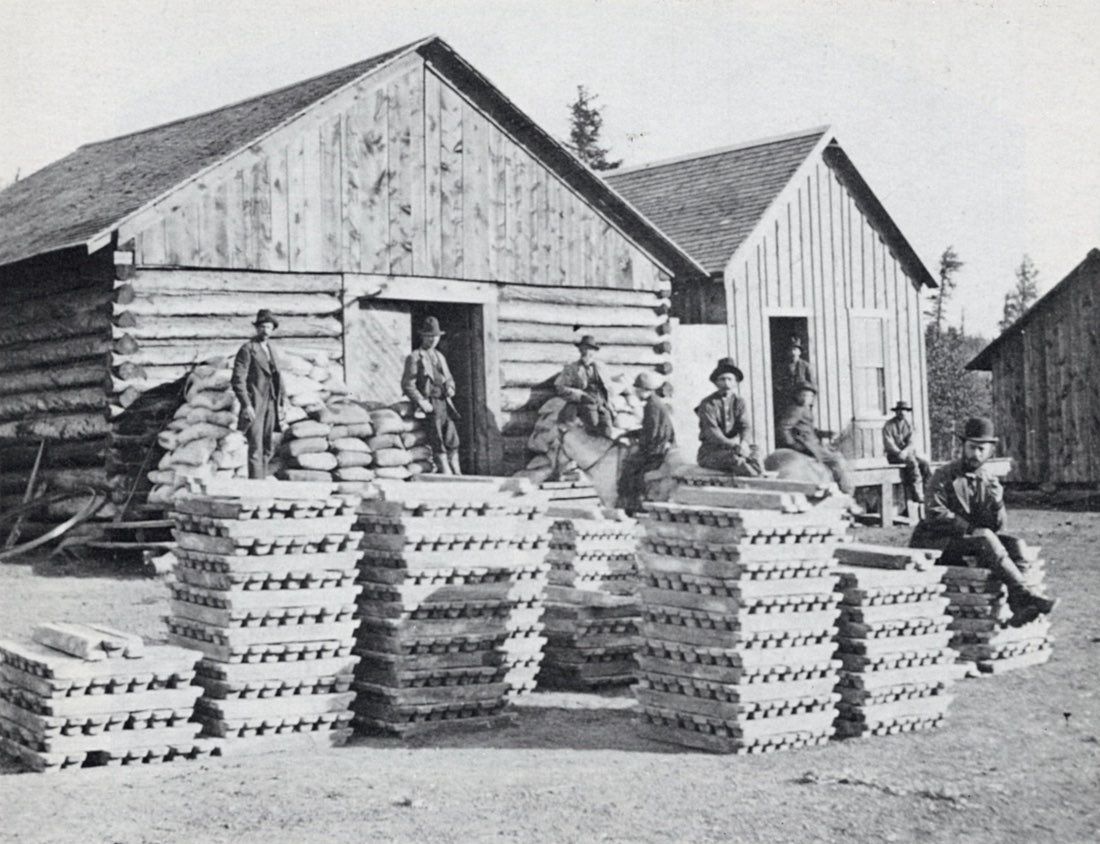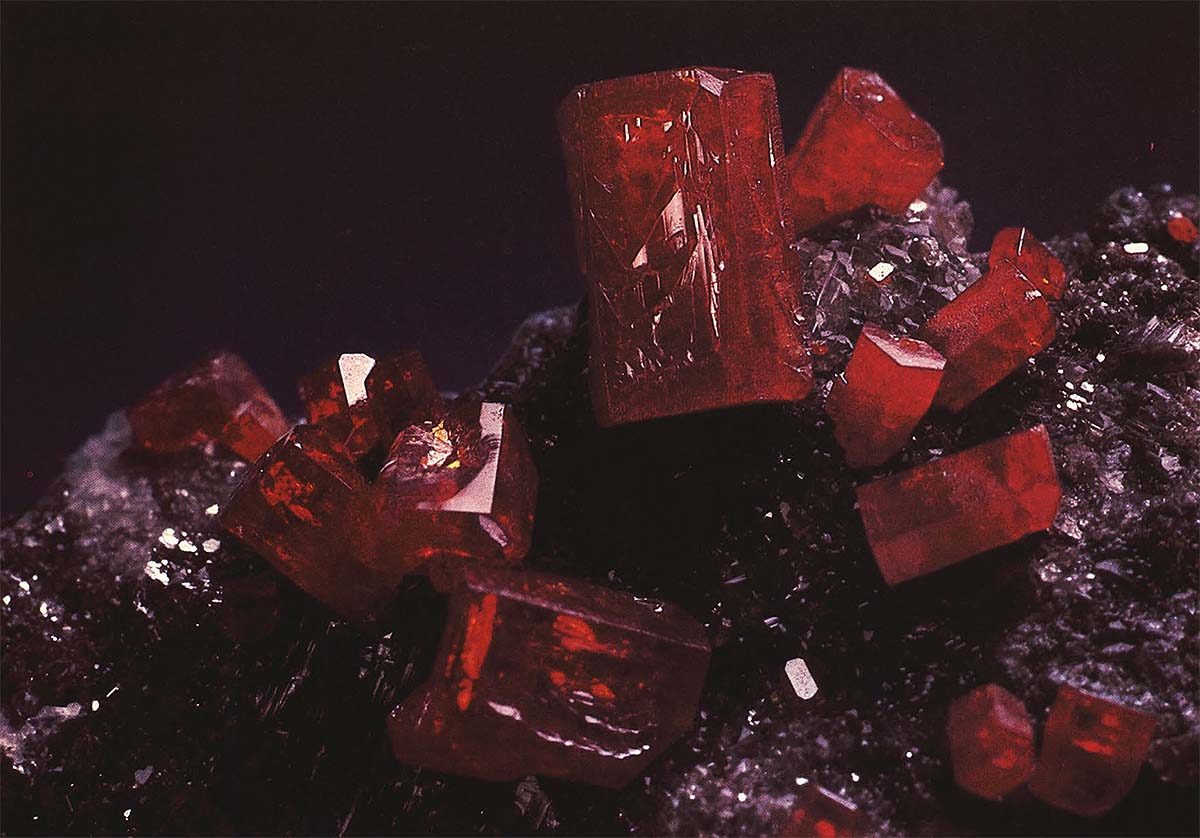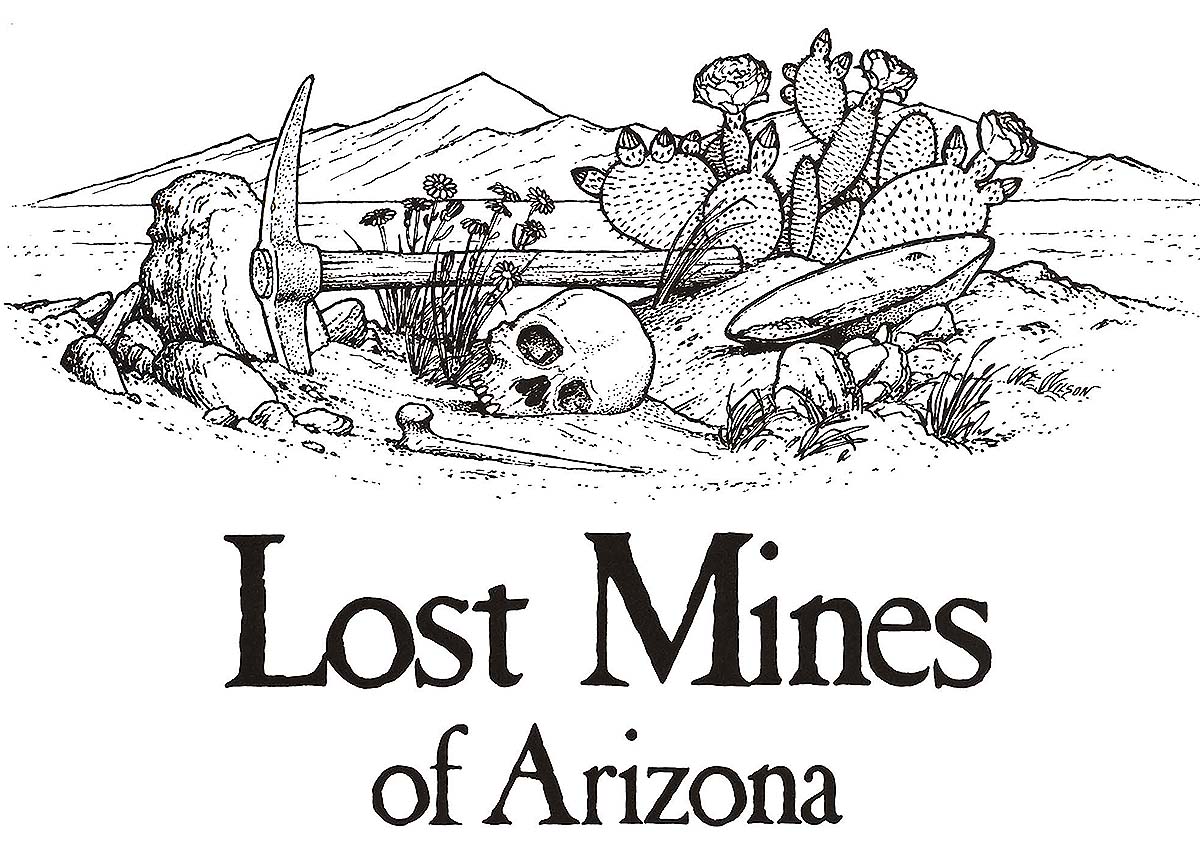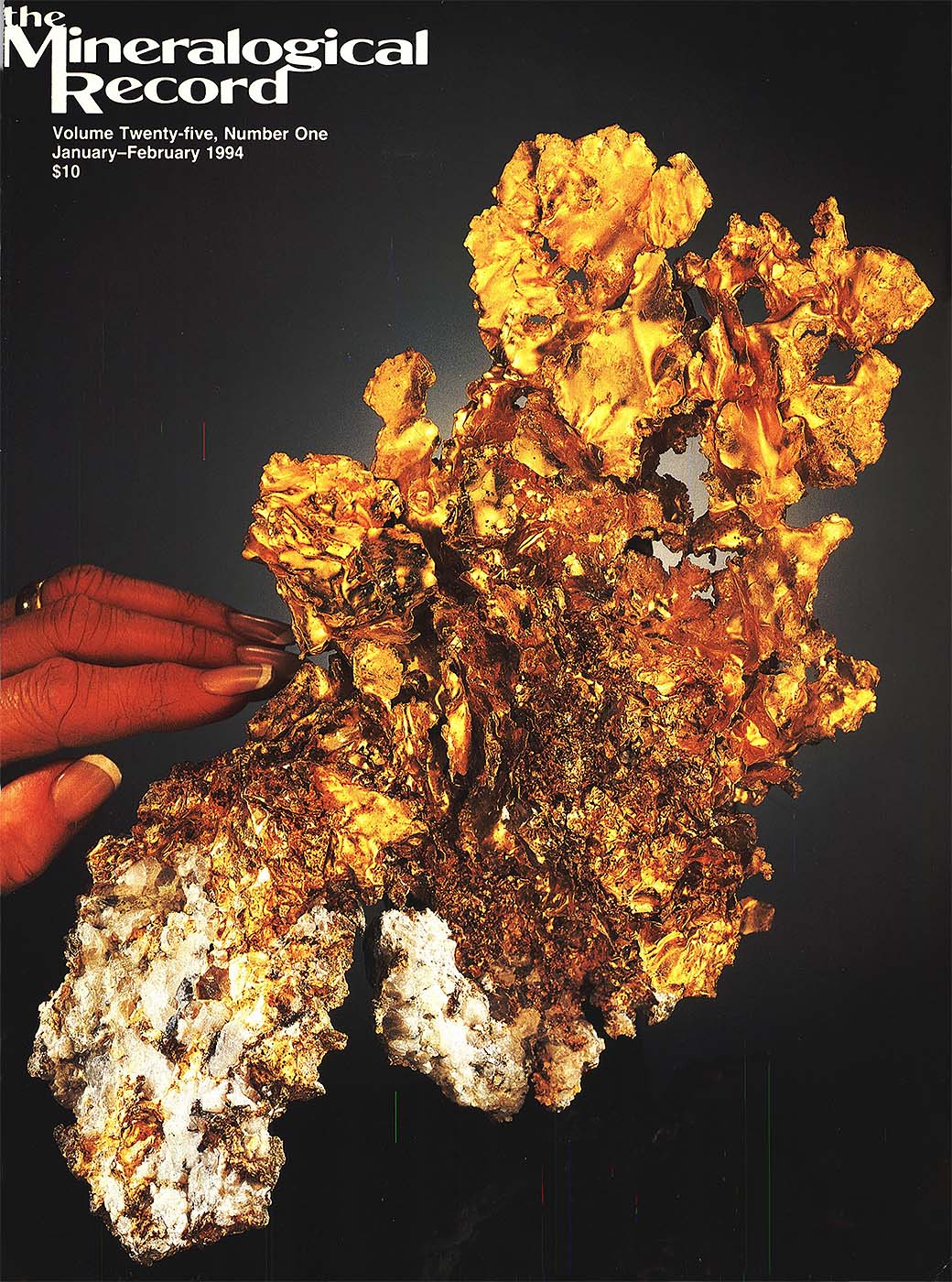 The Red Cloud Mine
The Red Cloud Mine
From the The Mineralogical Record, Volume 11, No. 3.2, May-June, 1980: : “The story of the Red Cloud mine began over 100 years ago in one of the oldest mining districts in Arizona. Since that time the mine has regularly produced specimens of red wulfenite which, in form, color, luster and esthetics, are universally acknowledged as the finest in the world. The locality is still producing such specimens.” Continue Reading
